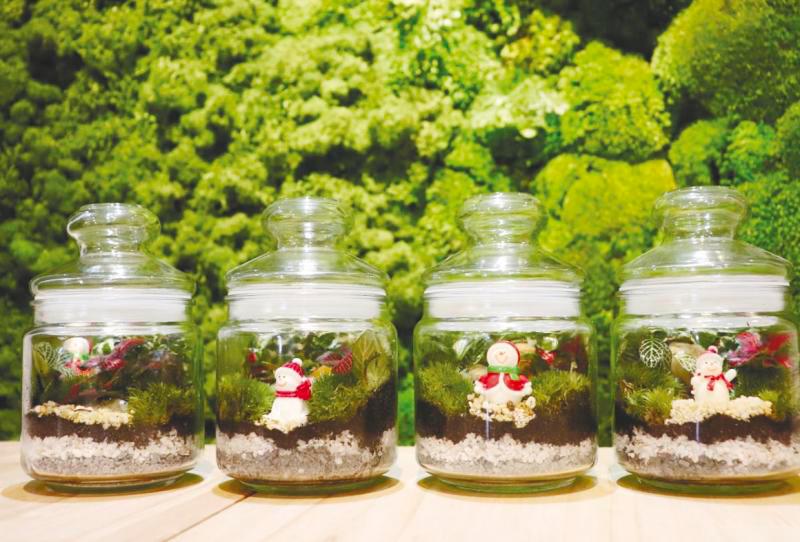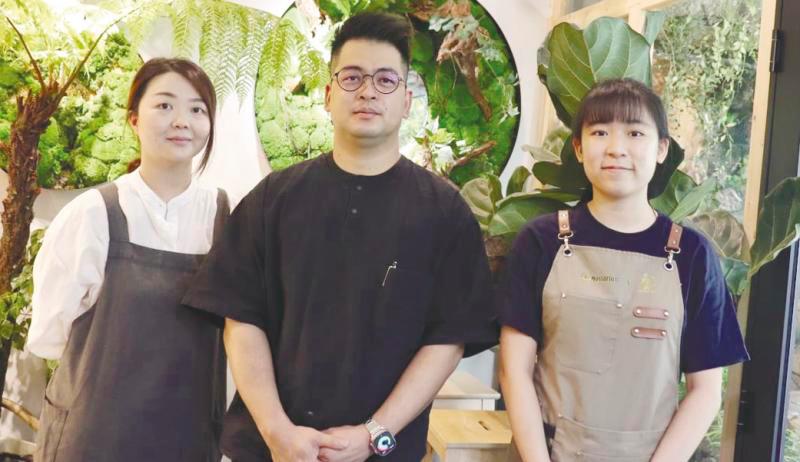ON the roofs above our heads, on garden walls, and through cracks in the pavement; moss is growing all around us.
These little plants, which are usually overlooked, have extraordinary properties. They can survive in severe temperatures ranging from hot deserts to wet caves, and play an important role in biodiverse habitats around the world.
Mosses are non-flowering plants that release spores, and have stems and leaves, but no actual roots. They are ideal for terrariums because they are easy to grow and take up little space. Mosses are low maintenance once planted.
So, what is a terrarium? Terrariums are miniature gardens housed inside small – and usually sealable – glass containers.
As fully functioning (yet tiny) plant ecosystems, they're mostly self-sustaining with the plants watering themselves through transpiration and condensation. It is a beautiful, engaging, and creative way to keep plants in the home.
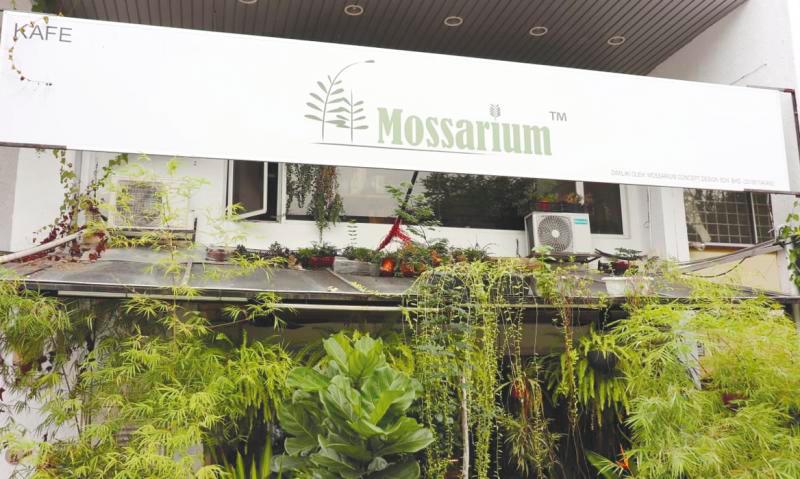
Whether you're looking for a desktop companion, a nature-friendly way to live up your home, or a fun project to do with the kids – terrariums are a fantastic option to explore.
The BUZZ team recently visited the Mossarium in Damansara Uptown to take part in a terrarium session. Yeepeng, the co-founder of the studio, greeted us.
We entered the beautiful forest-like studio, which was filled with various species plants and terrarium artpieces. She gave us time to look around and take several pictures before beginning our class.
Kenn, the other co-founder, told us about the history of the terrarium, the species of plants to use, the different types of terrariums and the step-by-step techniques for making a closed glass jar terrarium.
He explained how the craft started. “In the past, people transported plants by ship from one land to another, which could take months or a year. Because the water on the ship was limited, and there were so many plant types to care for, they placed them in [sealed] glass containers. So, the plants survived without watering.”
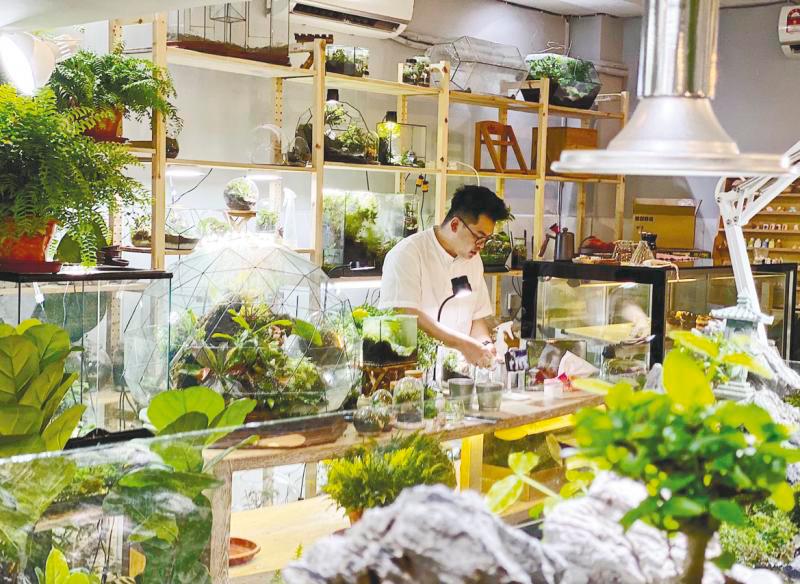
Kenn began his adventures in making art with plants in living spaces thanks to his love of nature. He graduated from the University of Technology Malaysia with a degree in Chemical Engineering, and worked in the engineering and chemical industries for more than ten years before starting his own business.
“The main reason I started my own business was to get out of my comfort zone and take risks or challenges before it was too late,” said Kenn. Most of his creations by him are inspired by nature and culture, and his appreciation of him for both has kept him going over the years.
His co-founder, Yeepeng, came up with the concept of conducting a workshop. “At first, we were solely thinking about selling terrariums [we made],” Kenn explained.
According to Yeepeng, the purpose of hosting a workshop is to allow individuals to experience the process of creating their own terrarium, and to appreciate the works of art they create.
Back to our own experience, we began with a step-by-step explanation of the terrarium-making process. The materials were already on the workstation for us to use, which included a glass jar with an airtight closure, pebbles, soil, moss, plants, and hardscape (rocks to be added).
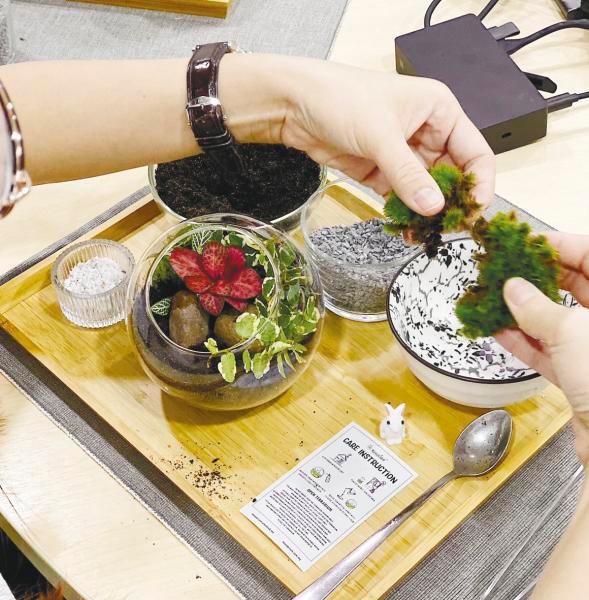
First, we needed to insert pebbles to cover the bottom by about 1cm, allowing water to drain and to prevent rot. Then, using a spoon, we mixed the soil and pebbles in a 3:1 ratio. We made sure the soil was wet but not soaked. We chose smaller rocks to add to the mini landscape.
Then, using tweezers as a positioning tool, we gently placed our chosen plants – from the ficus and fittonia families – around the rocks. Using the back of a spoon, we pressed around each plant. We then added our decorative pebbles to the back of the jar, and placed a little snowman in the front. The theme of the small decorative figure will change according to the seasons.
Kenn urged us to keep the terrarium closed, and not to open it frequently. We were not to add water if there was already water fogged up against the wall. The plant can go without water for a few months to a year. He advised us to simply 'wet' the surface with filtered water.
We must also shine an artificial white LED light into the terrarium for at least eight hours per day. Alternatively, we may set it somewhere bright with indirect sunlight.
We were able to remain calm since we had a professional lead us through the process. He even emphasized that, even if it seemed like we were 'taking a wrong turn', the most important thing is to stay patient and continue. Given the small class size, we were able to receive the full attention of the instructor, and received advice and support all along.
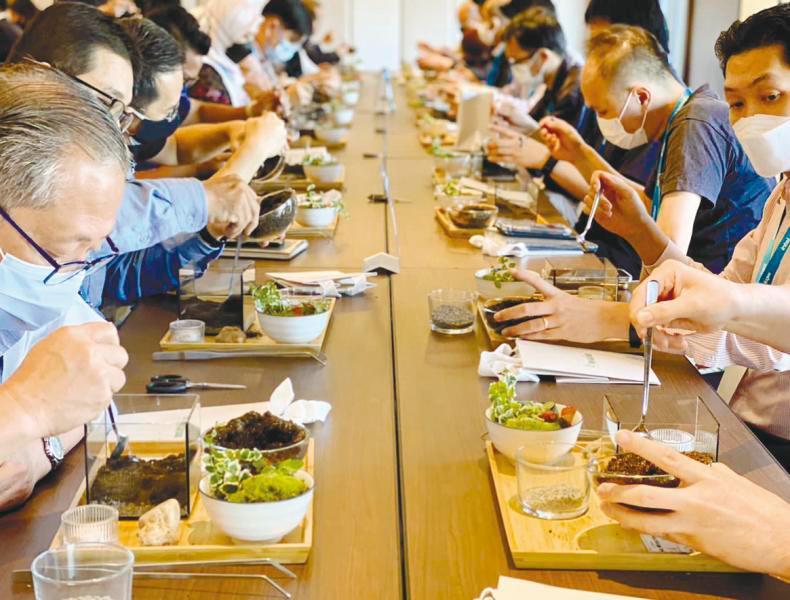
I have never taken a terrarium-making lesson before, and I was astounded by how much effort went into such a little piece. It was clear that the lesson was suitable for beginners. This studio is definitely a good location to sign up for your first terrarium session.
Mossarium is the leading player in the Terrarium and Preserved Moss Wall industry. Together, they have taught more than 10,000 students in terrarium building workshops.
They have designed and created more than 100 preserved moss wall projects, mainly for corporate clients and residential areas. They also are the first in Malaysia to have built a man-sized terrarium, as well as a residential bungalow which functions as a three-storey terrarium.
As for the future, Kenn and Yeepeng would like to participate in researching how to increase plants' survival indoors, and develop more large-scale terrariums in order to achieve the goal of a green lifestyle.
Kenn's greatest dream is to complete a building-sized terrarium, similar to Gardens by the Bay in Singapore.
Mossarium
Address: 3, Jalan SS 21/56b, Damansara Utama, 47400 Petaling Jaya, Selangor
